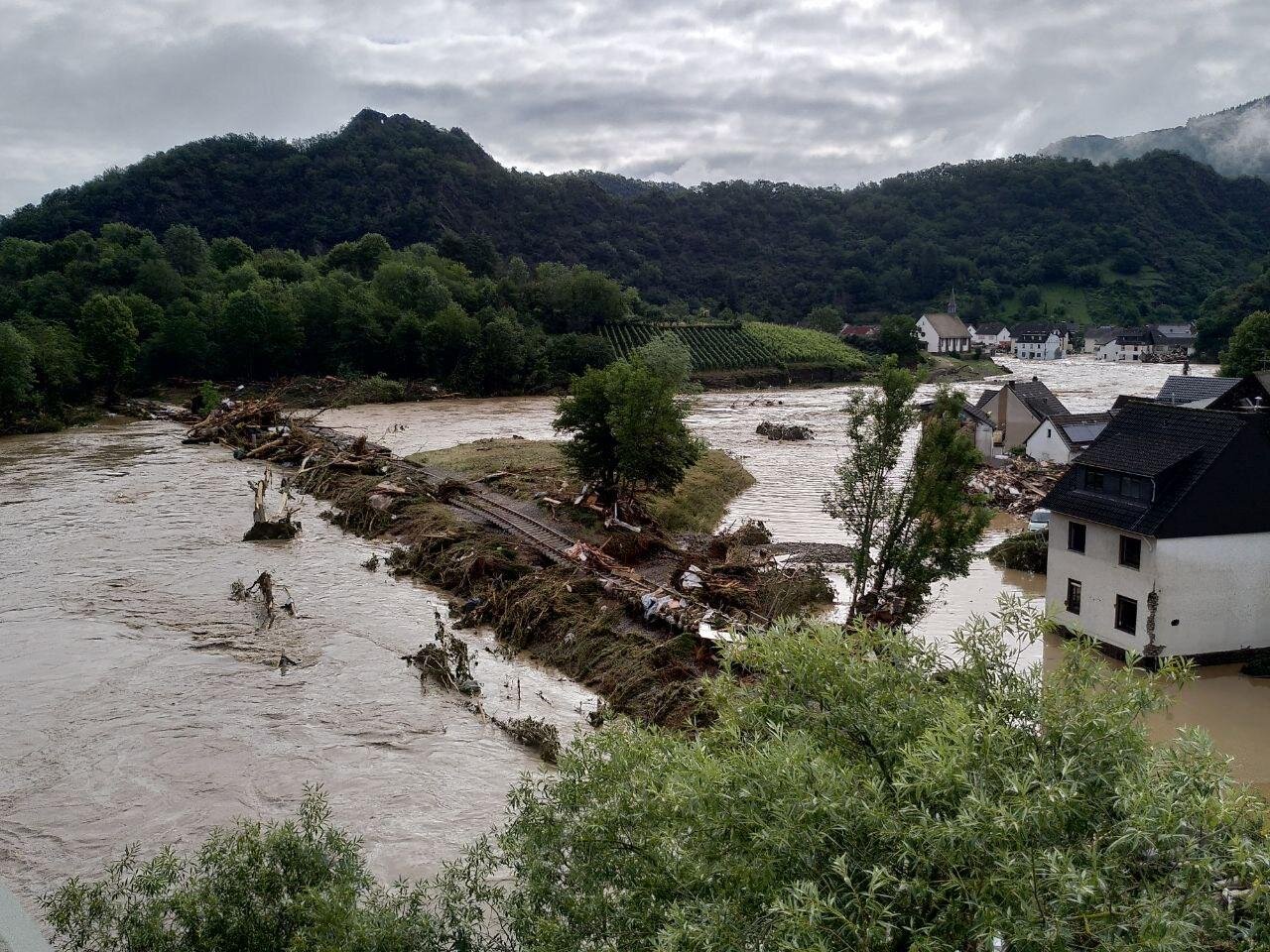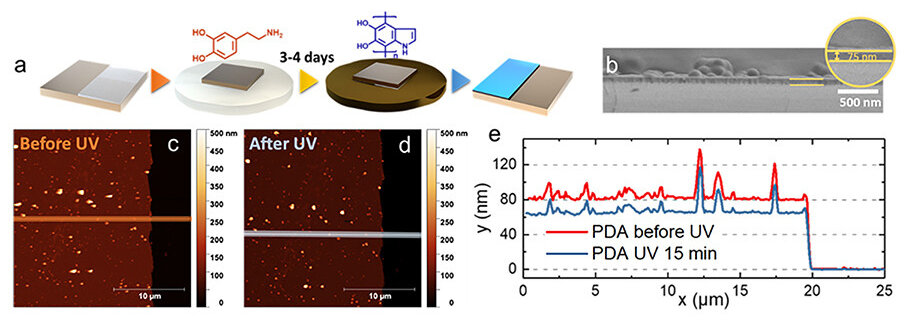#Cities boosted rain, sent storms to the suburbs during Europe’s deadly summer floods

“#Cities boosted rain, sent storms to the suburbs during Europe’s deadly summer floods”

When it comes to extreme weather, climate change usually gets all the attention. But according to a study from The University of Texas at Austin and two universities in China, the unique effects of cities—which can intensify storms and influence where rain falls—need to be accounted for as well.
“In addition to cutting emissions we need to recognize that understanding the effects of urbanization is part of the solution,” said Dev Niyogi, a professor in the UT Jackson School of Geosciences and Cockrell School of Engineering.
Niyogi is a co-author on a study published in Geophysical Research Letters that used computer models to investigate how cities and climate change influenced the rainstorm that struck the Rotterdam-Brussels-Cologne metropolitan region on July 14, 2021.
The model found that the interplay of large-scale climate and local-scale urbanization intensified the storm, causing more rainfall than either climate or urbanization on its own.
The severe weather system was part of a storm complex that dropped heavy rain across Western Europe in the summer of 2021, causing destructive and deadly flooding that killed at least 242 people, making it one of the deadliest floods in European history.
The research team also included scientists from Nanjing University and Tsinghua University.
Urbanization is known to impact local climate and invigorate storms. City buildings are taller and closer together, which can stall storm systems while directing them away from the city center. And cities’ warmer relative temperatures and higher levels of pollution can often increase moisture in clouds.
In the new study, researchers found that interplay between a warmer climate and city environment focused the rainstorm on suburban areas and boosted rainfall by 50% when compared to the influence of the city alone. That means that of the near 6 inches of rainfall that fell on the metropolitan region on July 14, about three inches of it can be attributed to these interactions.
To conduct the study, the scientists created a storm computer model that included the effects of the environment, city and climate. The model of the storm proved to be representative of the actual event. The storm centered over the same regions in eastern Belgium and western Germany and unfolded over the same timeline with the simulation running from July 13 –17 with the most rain falling on July 14. The model slightly overestimated the total amount of rain that fell, simulating 7.2 inches instead of the near 6 inches measured by rain gauges.
In addition to simulating the actual storm environment, the researchers also created simulation models that replaced cities with undeveloped land and lowered the temperatures to pre-industrial levels. Doing this helped the researchers determine how cities and climate each influenced the storm, as well as their combined impact.
Although the influence of the climate and the city together had the greatest impact, lead author Long Yang, an associate professor at Nanjing University, said that, when viewed individually, the influence of the city equals or outweighs that of climate change.
“We are the first group to reveal that the regional impacts through land-atmosphere interactions on extreme rainfall is comparable or more critical than that induced by climate-scale processes,” Yang said.
The models apply to one extreme storm. Nevertheless, Niyogi said that the results conform with different urban rainfall studies and show the importance of incorporating the influence of urbanization and regional landscapes into climate models in general.
He also added that adapting to climate change provides an opportunity to plan more resilient communities that can help shape desired climate outcomes, such as cities that can send storms away from flood-prone regions.
“At more local scales, there are immediate ways to develop climate resiliency where you don’t have to wait for 100-plus nations signing on to declarations,” Niyogi said. “It’s something you can do at the city scale, the regional scale.”
The study’s additional co-authors are Professor Guangheng Ni and Fuqiang Tian from Tsinghua University in China.
Studies show urbanization impacts storms, rainfall despite surroundings
Long Yang et al, Urbanization Exacerbated Rainfall Over European Suburbs Under a Warming Climate, Geophysical Research Letters (2021). DOI: 10.1029/2021GL095987
Citation:
Cities boosted rain, sent storms to the suburbs during Europe’s deadly summer floods (2022, January 6)
retrieved 6 January 2022
from https://phys.org/news/2022-01-cities-boosted-storms-suburbs-europe.html
This document is subject to copyright. Apart from any fair dealing for the purpose of private study or research, no
part may be reproduced without the written permission. The content is provided for information purposes only.
If you liked the article, do not forget to share it with your friends. Follow us on Google News too, click on the star and choose us from your favorites.
For forums sites go to Forum.BuradaBiliyorum.Com
If you want to read more Like this articles, you can visit our Science category.

